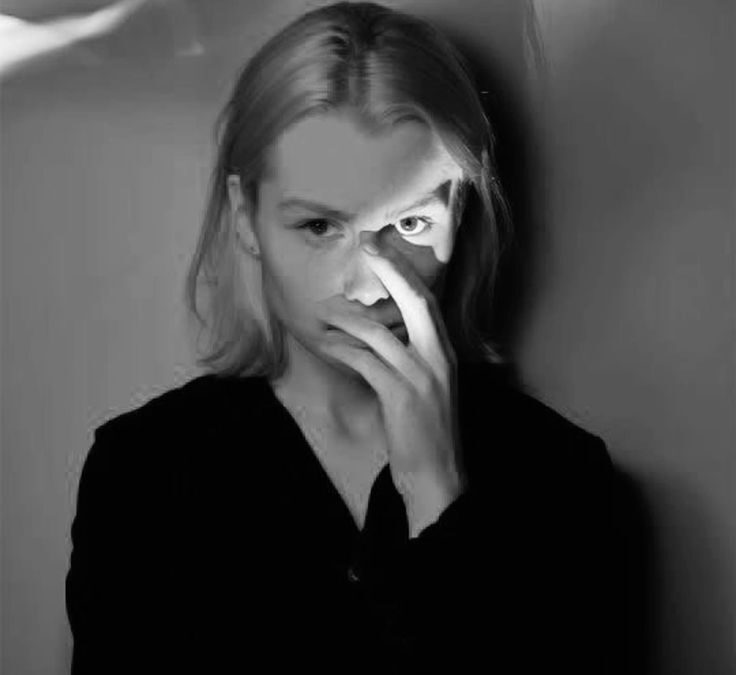Within the past few years, Phoebe Bridgers has cemented herself as one of the internet’s
favorite “sad indie girls.” After the release of her 2020 sophomore album “Punisher,” she began to accrue online popularity and critical success. Bridgers’ music is especially popular with young, “chronically online” girls, who have been the tastemakers in the music industry for decades. Before we had Twitter accounts updating Taylor Swift’s every move there were teen girls founding Beatles fan clubs. Around 2021, a song entitled “Waiting Room” that Bridgers released on a 2016 compilation album began to blow up online. This 6-and-a-half-minute power ballad has become a sleeper hit of Bridgers’ – it’s one of her most popular songs on Spotify. The climax of this song is the repetition of the mantra “Know it’s for the better” 24 times, with Bridgers gaining speed and intensity on each reiteration until the build-up culminates in a scream that leads into an instrumental break. This repetitive outro makes up more than half of the song – all of the yearning Bridgers poetically expresses in the first verses culminates in this plea. “Know it’s for the better” is both a reminder and a manifestation. She logically knows that it’s “for the better” for her not to be with the subject of the song, but her emotions are telling her otherwise.
Bridgers has expressed embarrassment over this song, which she wrote when she was
only 16. She finds it to be whiny and overly sincere. I think the raw emotion Bridgers infuses into this track is what makes it so compelling. She is not telling a story with a happy ending, or even with a definitive conclusion at all. She created this song simply as an outlet to release her emotions – there is no ulterior motive or message present. The catharsis present in “Waiting Room” sneaks up on you, which is the case with many of Bridgers’ songs. Another of her most popular songs, “I Know the End,” starts incredibly subdued and ends with her screaming. Bridgers’ distaste for “Waiting Room” has led her to briefly pull the song off streaming services, both in 2023 and 2024. The track’s addition back to streaming in the spring of 2023, along with the popularity of Bridgers’ band “Boygenius,” caused a resurgence in “Waiting Room’s” online popularity. When you search “waiting room phoebe” on TikTok, you are met with thousands of videos of people expressing their love for the song. People post pages of their journals that are utterly filled with “know it’s for the better” painstakingly written out over and over again. These teens, just like Bridgers, are trying to convince themselves to let go of their unrequited desires. This simple phrase has become a symbol of catharsis for so many young women online. “Know it’s for the better” has become a signifier for unrequited love and desire that one knows is futile. Like all of Bridgers’ songs, I can only assume that this lyric is even more powerful when you’re screaming it at her concert, which is a rare occurrence, as Bridgers almost never plays it live.
The online popularity of “Waiting Room” combined with the mystique of it going on and
off streaming services has led to it being refashioned by fans online. Somewhere along its upward trajectory to ubiquitous internet fame, it was decided that the repetition in “Waiting Room” is not only Bridgers saying “know it’s for the better,” but also “no, it’s for the better.” While this has not been confirmed by Bridgers in any capacity, the internet ran with it. In the top search results of “waiting room phoebe” there are numerous videos of people with complimentary tattoos of “know it’s for the better” and “no, it’s for the better.” It fascinates me that people are willing to tattoo a lyric on themselves that the internet has completely invented. I wonder if the simple repetition of “know it’s for the better” left people unsettled. People sometimes get confused when art doesn’t provide a definitive, guiding statement – maybe “know it’s for the better” was too vague. “No, it’s for the better” is much more decisive. The unrequited love portrayed in “Waiting Room” is no more – it is officially for the better, it’s no longer a question of knowing. To me, true catharsis is not definitive – it is not always a scream like in “I Know the End,” but more often an internal battle with constant reminders. It is a process, not something that one can decide is over. The ending of “Waiting Room” forces listeners to sit with this unfinished, repetitive pain for three minutes. For all the “repeated lyrics in songs>>>” TikTok slideshows in which “Waiting Room” is included, it seems that many users are afraid to sit with the true ambiguity of the song’s repetition. People are more comfortable having a conclusive decree on their pain than sitting with the uncertainty that is inherent to catharsis.
